'The House on Mango Street' by Sandra Cisneros
'You can't erase what you know. You can't forget who you are.'—Review #240

I want to start today with a quick thank you to everyone who filled out our first-ever reader survey. You’re the best! Your feedback is very important to us, and it was great to see that so many of you feel Books on GIF is a fun and helpful way to discover and discuss books. Donna and I are grateful for your input and suggestions, and we look forward to continuing to deliver an informative and entertaining newsletter. If any of you missed the survey and would like to participate, click here:
One of our questions asked what types of books you prefer, and you overwhelmingly selected ‘Literary classics.’ This week’s book is certainly one of those. ‘The House on Mango Street’ seemingly became an instant classic when it came out in the mid-1980s because I remember reading the novel for a class in either middle school or high school, which wasn’t too long after its debut (shhh, don’t tell anyone how old I am). I found this copy earlier this year at a church book sale where I went to kill time while my vacuum was being repaired nearby. I fished it out of a random box of books and, as I held it, I tried to remember what I read in that class all those years ago. I had completely forgotten. It was wonderful to reconnect with this gem.
Here’s the book’s cover:
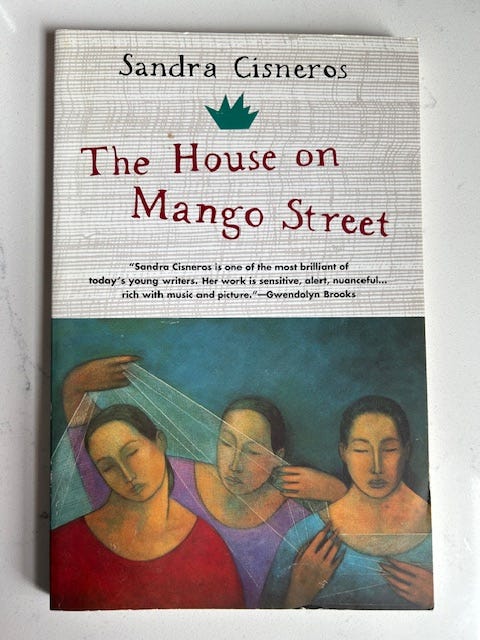
Esperanza is a young girl who lives with her parents and siblings in a house on Mango Street, a fictional thoroughfare in a Latino neighborhood in Chicago. Before settling on Mango Street, Esperanza’s family moved from place to place around the city for various reasons, most recently because of a landlord who wouldn’t fix broken pipes. Esperanza shows us her neighborhood and the people in it through vivid vignettes. We see ‘The Monkey Garden,’ an overgrown space behind a home where residents once owned a pet monkey. It becomes a magical place for Esperanza and other neighborhood kids. We visit their parochial school, where Esperanza desperately wants to eat her lunch instead of being sent home. The nuns let her eat there once, her lunch a rice sandwich. We stop by the junk shop where its owner, Gil, sits in the dark among the bric-a-brac. He shows local kids an item that’s not for sale: a special music box. We meet Cathy, a neighbor who Esperanza calls the queen of cats because her apartment is full of felines. Cathy agrees to be Esperanza’s friend only for a few days; her family is moving away because the neighborhood is ‘getting bad.’ There’s Sally, a girl from an abusive home who, despite being in the eighth grade, gets married to a marshmallow salesman she met at a school fair. And there’s a man Esperanza sees only once who rolls through the neighborhood in a Cadillac and gives kids rides around the block—until police sirens approach. Most of the vignettes are only a page or two, yet each of these people (and many more) and their surroundings came to life dramatically in my mind. I was like:
As Esperanza recounts her experiences on Mango Street, we see her start to come into her own. She dreams of getting out of the neighborhood, and of having a house of her own. One that’s so big she can have homeless people live in her attic. But she also describes her friend Alicia as being stuck up for having gone to college. Esperanza knows there’s a bigger world out there for her, but feels the pull of Mango Street, and knows it will always tug at her. It’s a place she can’t turn her back on. There’s a struggle in her soul between competing forces:
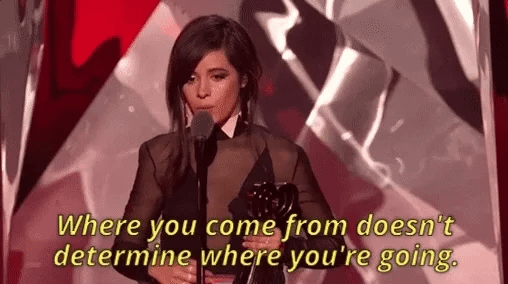
And also:
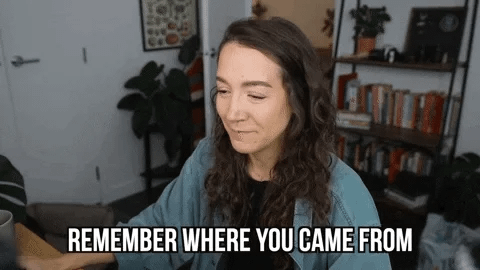
‘The House on Mango Street’ is a quick and beautiful read. Cisneros’s writing is sharp and evocative, and not a word is wasted. Donna, who read the book right before I did, loved that Cisneros’s narrative at times morphed into poetry. Me too. The novel is a wonderful reminder of the power neighborhoods and communities have to support us and shape us as we’re growing up, and that there’s a lot of love in places that some would call bad neighborhoods. I love how the characters feel like real people and how, though they face serious problems and adversity, they hang together as neighbors. I also love how Cisneros maintains Esperanza’s childlike energy throughout the story. Even though she faces rough experiences with bigotry, violence and creepy men, she never loses her sense of wonder and innocence. My only criticism of this book is that it might be too short. Just when I was getting into it, it was over. I was like:
I hope ‘The House on Mango Street’ is still taught in classrooms. It’s a powerful coming-of-age story and a tremendous book. If you’re looking for a quick classic to read, it’s a must.
An opening excerpt:
We didn’t always live on Mango Street. Before that we lived on Loomis on the third floor, and before that we lived on Keeler. Before Keeler it was Paulina, and before that I can’t remember. But what I remember most is moving a lot. Each time it seemed there’d be one more of us. By the time we got to Mango Street we were six—Mama, Papa, Carlos, Kiki, my sister Nenny and me.
The house on Mango Street is ours, and we don’t have to pay rent to anybody, or share the yard with the people downstairs, or be careful not to make too much noise, and there isn’t a landlord banging on the ceiling with a broom. But even so, it’s not the house we’d thought we’d get.
We had to leave the flat on Loomis quick. The water pipes broke and the landlord wouldn’t fix them because the house was too old. We had to leave fast. We were using the washroom next door and carrying water over in empty milk gallons. That’s why Mama and Papa looked for a house, and that’s why we moved into the house on Mango Street, far away, on the other side of town.
My rating:
‘The House on Mango Street’ by Sandra Cisneros was published by Arte Público Press in 1984 and by Vintage Books in 1991. 110 pages. $12.04 at Bookshop.org.
What’s next:
Next week, we’ll have a discussion thread. The following week’s newsletter will feature the novel you voted for in last week’s poll:
Before you go:
ICYMI: Review #239
Read this: While I was looking up whether Mango Street was a real place, I came across this interesting article from Literary Chicago about where Sandra Cisneros lived while growing up in that city. It’s worth a quick read.
Do this: Hunter College is honoring the 40th anniversary of ‘The House on Mango Street’ by hosting a symposium with Sandra Cisneros and other writers and artists in October. Apparently, the book is being translated into an opera, and singers will perform arias from it at the event. Wow!
Hear this: Mandylion Press is a new independent publisher that resurfaces overlooked novels from the 19th century, particularly by ‘women and weirdos.’ I love that! I’ve got both novels they’ve released so far, and plan to share them with you in a roundup shortly. In the meantime, the two women behind Mandylion have launched a podcast called ‘1-800-1800’ that I’m excited to check out. The description reads: ‘Each episode is about one awesome year of the nineteenth century, randomly chosen by your fearless hosts.’ Sounds fascinating!
If you enjoyed this review:
Thanks for reading, and thanks especially to Donna for editing this newsletter!
Until next time,
MPV





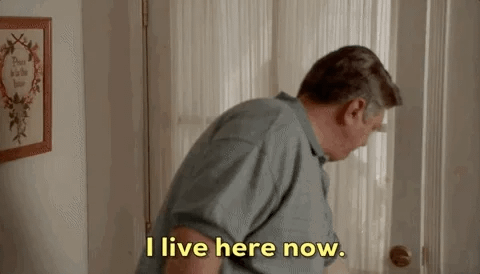


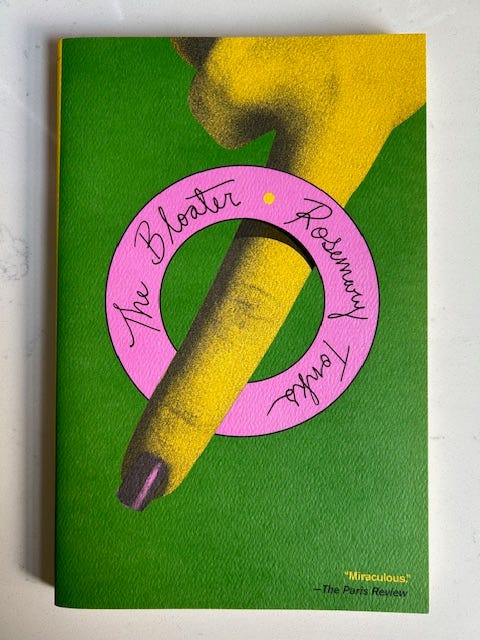


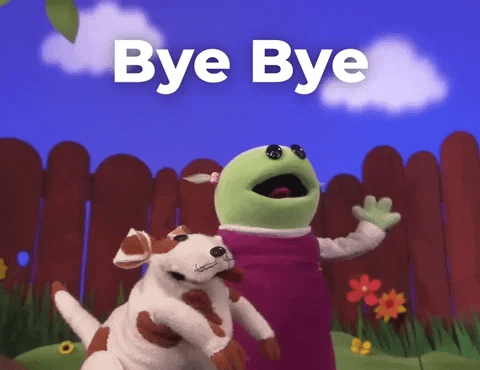
Somehow I never was assigned this and missed reading it — had no idea people still loved it past their school days, and will definitely be reading it now!
I can confirm this is still being taught! The last vignette gets me every time